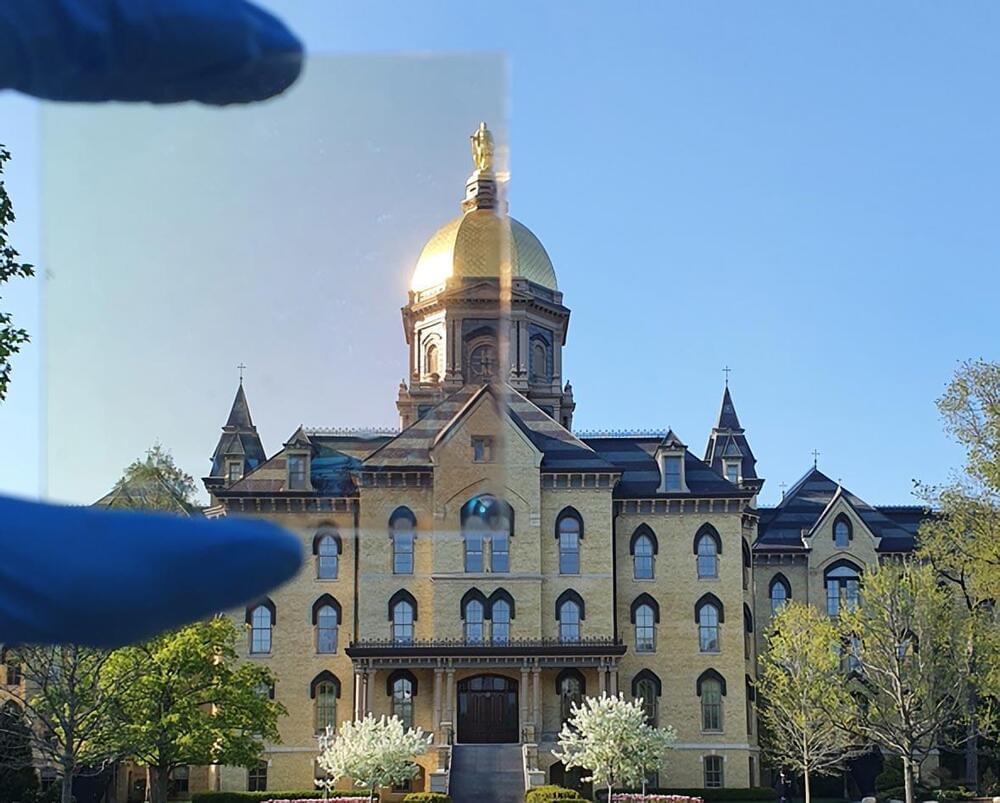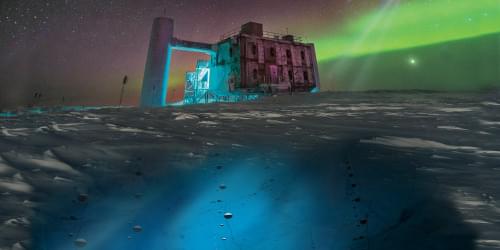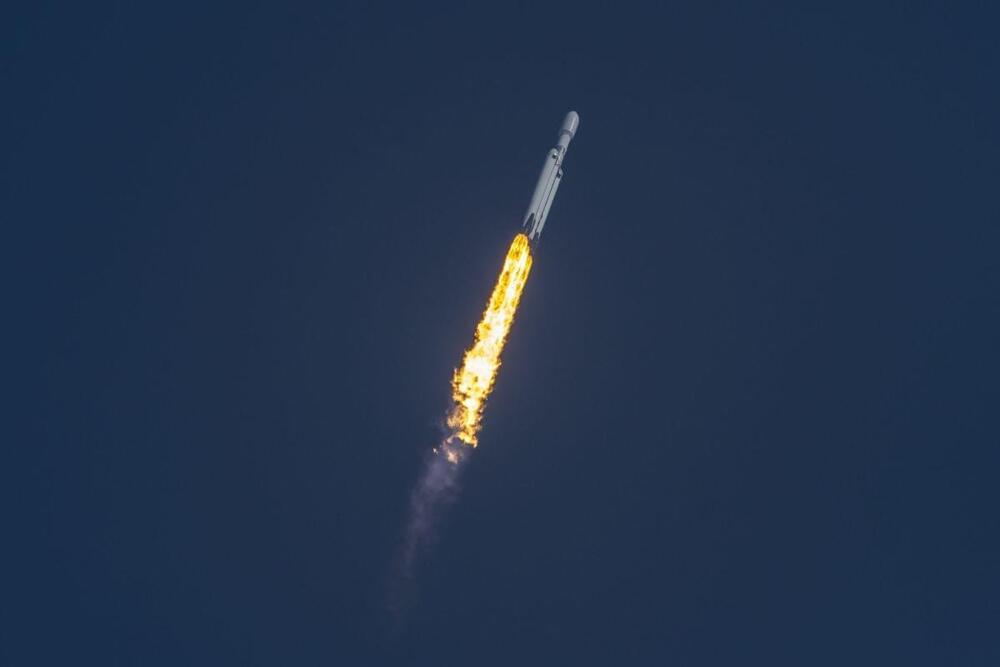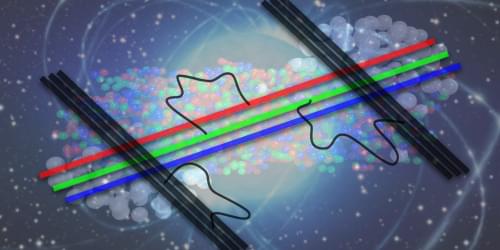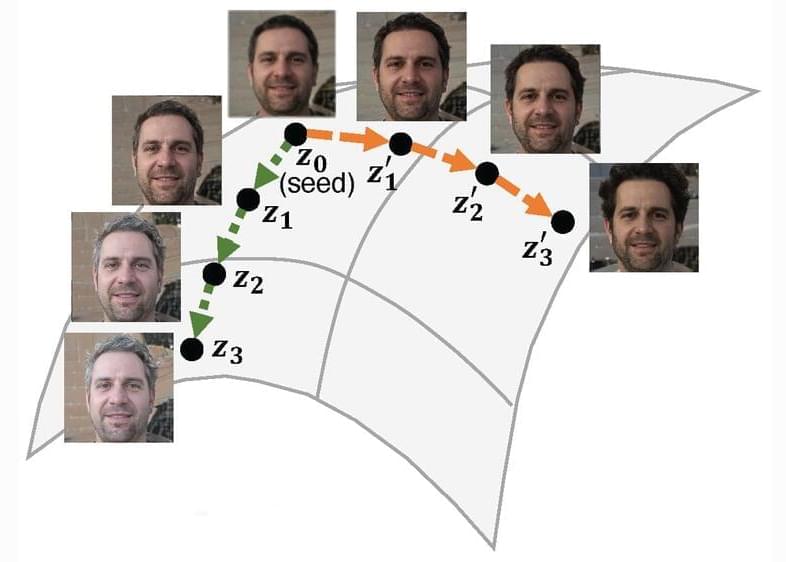Demand is growing for effective new technologies to cool buildings, as climate change intensifies summer heat. Now, scientists have just designed a transparent window coating that could lower the temperature inside buildings, without expending a single watt of energy. They did this with the help of advanced computing technology and artificial intelligence. The researchers report the details today (November 2) in the journal ACS Energy Letters.
Cooling accounts for about 15% of global energy consumption, according to estimates from previous research studies. That demand could be lowered with a window coating that could block the sun’s ultraviolet and near-infrared light. These are parts of the solar spectrum that are not visible to humans, but they typically pass through glass to heat an enclosed room.
Energy use could be even further reduced if the coating radiates heat from the window’s surface at a wavelength that passes through the atmosphere into outer space. However, it’s difficult to design materials that can meet these criteria simultaneously and at the same time can also transmit visible light, This is required so they don’t interfere with the view. Eungkyu Lee, Tengfei Luo, and colleagues set out to design a “transparent radiative cooler” (TRC) that could do just that.
